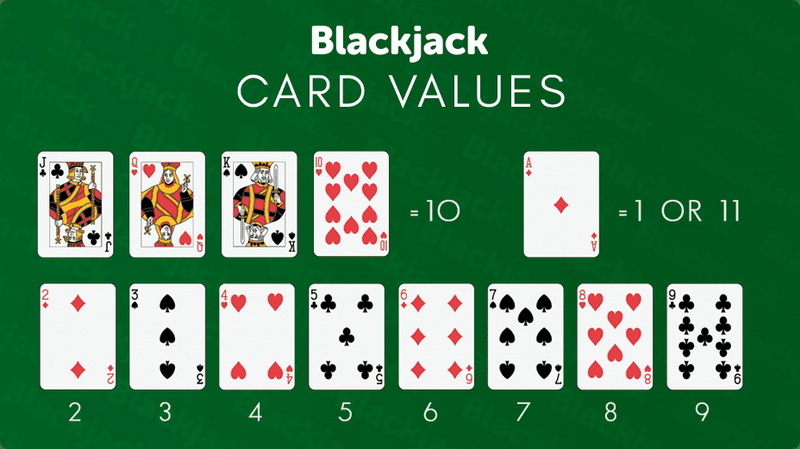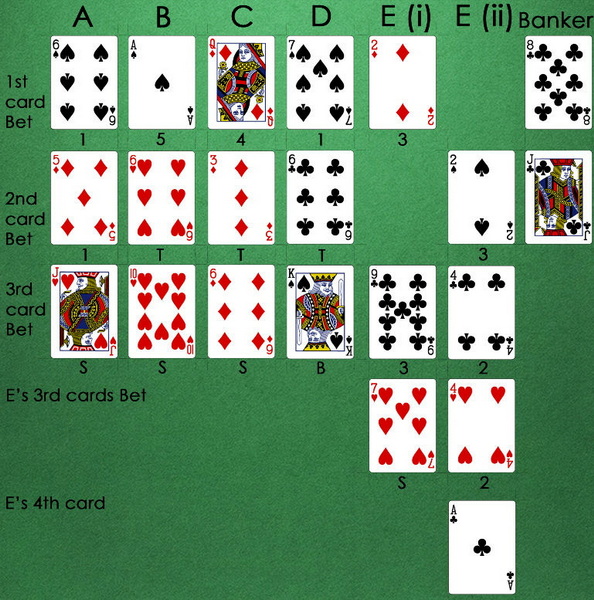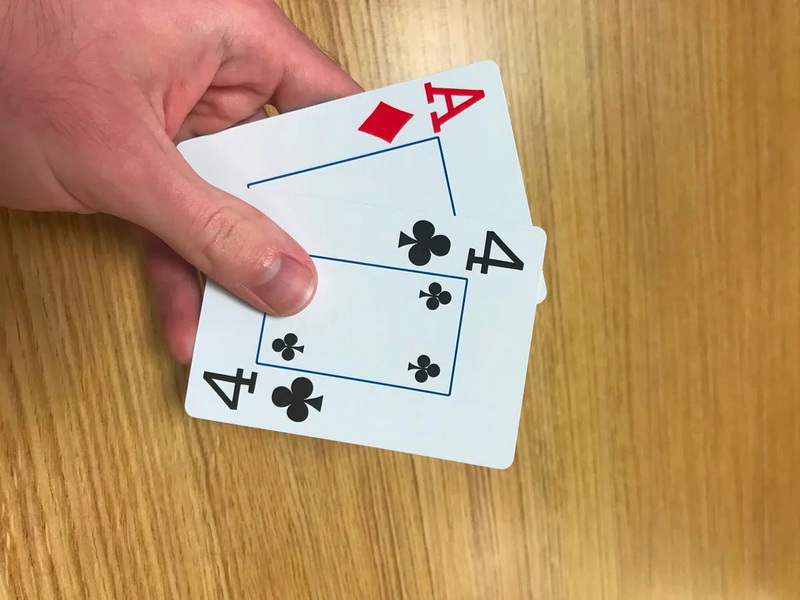Content Menu
● Understanding Card Values
● The Objective of the Game
● Setting Up the Game
● Dealing Cards
● Player Decisions
● Dealer's Turn
● Winning and Losing
● Special Hands
● Strategies for Success
>> Basic Strategy
>> Card Counting
>> Popular Card Counting Systems
>> Bankroll Management
>> Avoid Insurance Bets
>> Practice Makes Perfect
● Common Mistakes to Avoid
● Advanced Strategies
>> Betting Systems
>> Psychological Play
>> Table Etiquette
● The Evolution of Blackjack
● Conclusion
● Frequently Asked Questions
>> 1. What happens if I bust?
>> 2. Can I play against other players?
>> 3. What is a push?
>> 4. How do I know when to hit or stand?
>> 5. Is card counting legal?
● Citations:
The 21 card game, commonly known as Blackjack, is one of the most popular card games played in casinos around the world. The objective is simple: get as close to 21 points as possible without exceeding that number, while also beating the dealer's hand. This article will provide a comprehensive guide on how to play the 21 card game, including rules, strategies, and tips for both beginners and seasoned players.

Understanding Card Values
Before diving into the rules, it's essential to understand how card values work in Blackjack:
- Number Cards (2-10): Worth their face value. For example, a 7 is worth 7 points.
- Face Cards (Jack, Queen, King): Each worth 10 points.
- Aces: Can be worth either 1 or 11 points, depending on which value benefits your hand more.
The Objective of the Game
The primary goal of Blackjack is to have a hand value that is closer to 21 than the dealer's hand without going over. If a player's hand exceeds 21, they "bust" and automatically lose their bet.
Setting Up the Game
To play Blackjack, you need:
- A standard deck of 52 playing cards (multiple decks may be used in casinos).
- A table with designated betting areas.
The game typically involves one dealer and multiple players. Each player competes against the dealer rather than against each other.
Dealing Cards
At the start of the game:
- Each player is dealt two cards face up.
- The dealer receives one card face up (the "upcard") and one card face down (the "hole card").
Player Decisions
After receiving their cards, players must make decisions based on their hand value and the dealer's upcard. The main options are:
- Hit: Request an additional card to increase your total.
- Stand: Keep your current hand and end your turn.
- Double Down: Double your initial bet and receive only one additional card.
- Split: If you have two cards of the same value, you can split them into two separate hands, placing an additional bet equal to your original bet.
- Surrender: Forfeit half your bet and end your turn (not available in all games).
Dealer's Turn
Once all players have completed their turns, it's the dealer's turn:
- The dealer reveals their hole card.
- If the total is less than 17, they must hit until they reach at least 17.
- If the total is 17 or higher, they must stand.
If the dealer busts (goes over 21), all remaining players win.
Winning and Losing
Winning in Blackjack occurs when:
- Your hand total is closer to 21 than the dealer's without busting.
- The dealer busts while you still have a valid hand.
If both you and the dealer have the same total (17 or higher), it results in a "push," meaning neither party wins or loses money.

Special Hands
In Blackjack, certain hands are regarded as special:
- Blackjack: If your first two cards total 21 (an Ace and a ten-value card), this is called a "Blackjack." It usually pays out at a higher rate than regular wins (typically 3:2).
- Soft Hand: A hand containing an Ace counted as 11 without busting (e.g., Ace + 7 = Soft 18).
- Hard Hand: A hand without an Ace or where the Ace must count as 1 to avoid busting.
Strategies for Success
To improve your chances of winning at Blackjack, consider these strategies:
Basic Strategy
Basic strategy charts provide optimal plays based on your hand value and the dealer's upcard. Familiarizing yourself with these strategies can significantly reduce the house edge.
Card Counting
While more advanced, card counting involves tracking high and low cards that have been dealt to gain insight into remaining cards in the deck. This method can give skilled players an edge but requires practice and concentration.
Popular Card Counting Systems
One of the most widely used systems is the Hi-Lo system:
- High Cards (10-A): -1
- Neutral Cards (7-9): 0
- Low Cards (2-6): +1
As cards are dealt, you keep a running count. A higher count indicates more high cards remaining in the deck, which benefits the player[1].
Bankroll Management
Set limits for yourself before playing to avoid overspending. Stick to these limits regardless of wins or losses.
Avoid Insurance Bets
Insurance bets are generally not favorable for players due to their high house edge.
Practice Makes Perfect
Consider playing free online versions of Blackjack to practice your skills without financial risk before playing for real money.
Common Mistakes to Avoid
Even experienced players can make mistakes that cost them money:
- Hitting on a soft 18 against a dealer's strong upcard.
- Not doubling down when in a favorable position.
- Failing to split Aces or Eights correctly.
Advanced Strategies
As players become more comfortable with basic gameplay, they may want to explore advanced strategies that can further improve their chances of winning:
Betting Systems
Betting systems can help structure your bets for better management. Some popular systems include:
- Martingale System: Double your bet after each loss with hopes of recovering previous losses when you eventually win.
- Paroli System: Double your bet after each win to maximize profit during winning streaks[11].
Psychological Play
Understanding psychological elements can also enhance gameplay. Observing other players' behaviors can provide insights into potential strategies they might employ.
Table Etiquette
Proper etiquette at the blackjack table enhances not only your experience but also that of other players:
- Always keep your cards visible on the table.
- Use hand signals instead of verbal commands to avoid confusion[5][10].
The Evolution of Blackjack
The origins of Blackjack trace back centuries, with its roots believed to be in French casinos around 1700 where it was known as "Vingt-et-Un," meaning twenty-one[2]. Over time, it evolved through various cultures and gained popularity in America during the gold rush era.
The game's name changed from "21" to "Blackjack" due to promotional bonuses offered by casinos—specifically payouts for getting a black jack (an Ace of spades with either a Jack of spades or clubs) alongside other changes in gameplay rules[7].
Conclusion
Playing Blackjack can be both exciting and rewarding when you understand its rules and strategies. By mastering basic strategies, managing your bankroll wisely, and avoiding common pitfalls, you can enhance your gaming experience and increase your chances of winning at this classic casino game.

Frequently Asked Questions
1. What happens if I bust?
If you bust by exceeding 21 points, you automatically lose your bet regardless of what the dealer does.
2. Can I play against other players?
In Blackjack, each player plays against the dealer only; you do not compete directly against other players at the table.
3. What is a push?
A push occurs when both you and the dealer have equal totals; in this case, neither wins nor loses money.
4. How do I know when to hit or stand?
Using basic strategy charts can help guide your decision-making based on your hand value and the dealer's upcard.
5. Is card counting legal?
While not illegal, many casinos discourage or ban players who are caught counting cards due to its potential to give players an advantage over the house.
Citations:
[1] https://www.cloudbet.com/en/blog/posts/the-tricky-science-of-advanced-blackjack-strategy
[2] https://crescent.edu/post/the-history-of-blackjack
[3] https://visitblackhawk.org/blog/6-common-blackjack-myths/
[4] https://www.venetianlasvegas.com/resort/casino/table-games/how-to-play-blackjack.html
[5] https://entertainment.howstuffworks.com/blackjack5.htm
[6] https://www.blackjackreview.com/wp/2024/04/17/advanced-blackjack-techniques-beyond-basic-strategy-and-card-counting/
[7] https://casino.betmgm.com/en/blog/the-history-of-blackjack-how-this-legendary-game-was-born/
[8] https://vivogaming.com/blackjack-myths-debunking-common-misconceptions/
[9] https://www.reddit.com/r/blackjack/comments/r4y6sr/best_strategy_to_teach_beginners_blackjack/
[10] https://casino.betmgm.com/en/blog/essential-guide-blackjack-etiquette/
[11] https://www.olbg.com/casino-sites/articles/advanced-blackjack-strategies
[12] https://en.wikipedia.org/wiki/Blackjack
[13] https://great.com/gambling/10-myths-and-misconceptions-about-blackjack/
[14] https://www.youtube.com/watch?v=TDkbWXJ16hU
































